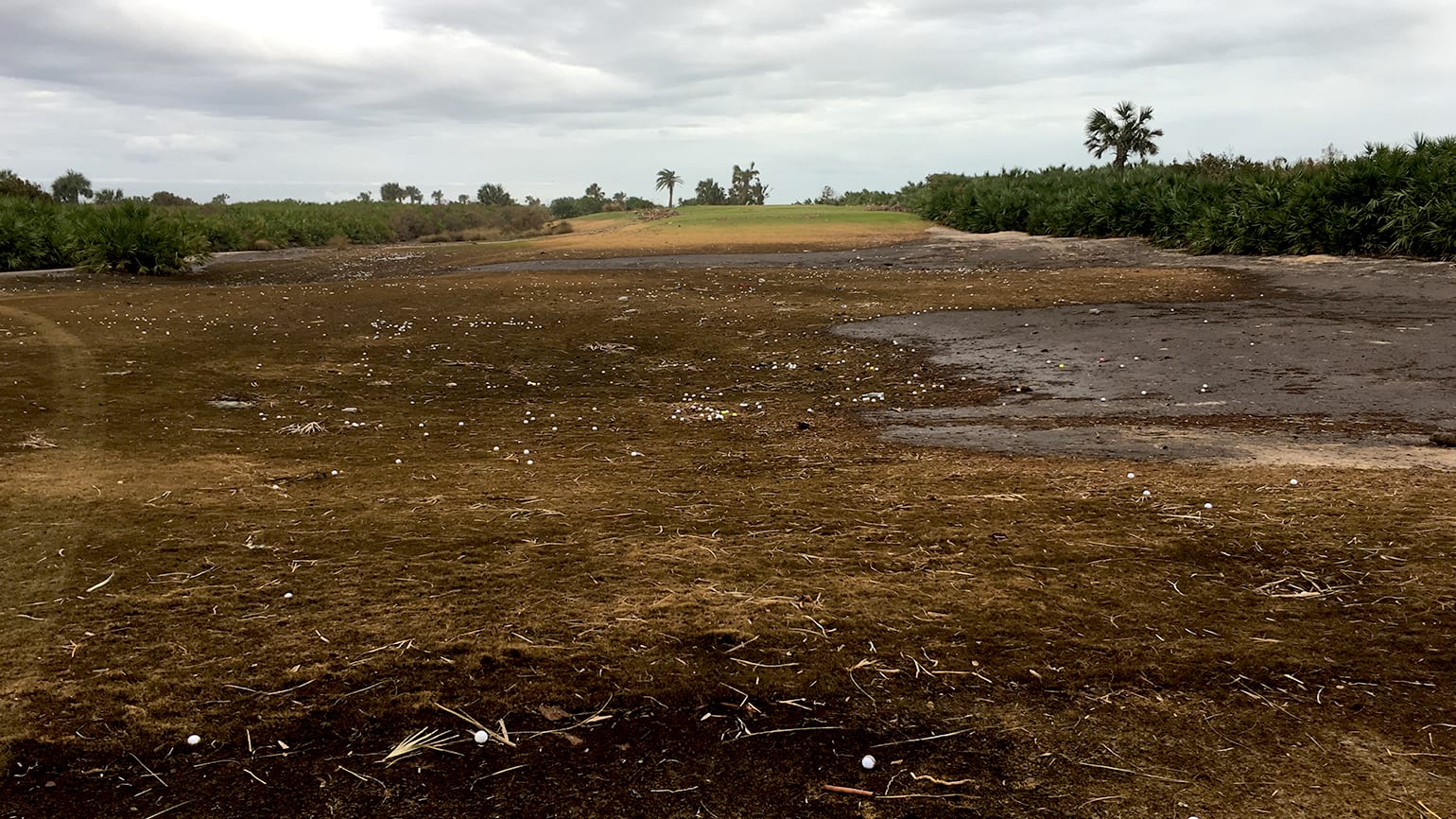USGA – Southeast Update – Golf Courses and The Calcium Captivation
Calcium is usually present as a component of materials supplying other nutrients, namely phosphorus as superphosphate or triple superphosphate. The desire for calcium, phosphorous-free fertilizers has led to many different calcium products actively used in the golf course industry.
Calcium is an essential minor nutrient for turfgrass as it plays a role in cell wall formation, cell division, growth, and other physiological functions. Calcium deficiencies are rare, but they can occur more often in acidic soils. Lime or gypsum are the most common forms of calcium used in the golf industry. Arguably the most common reason gypsum is applied is to remedy high levels of harmful sodium in the soil while lime applications are made primarily to raise the soil pH.
While there are no direct toxicity concentrations for calcium, there are some unintended consequences with too many calcium applications. First, it’s important to remember that calcium hardens water, which could cause antagonism and reduced effectiveness of various products and weak acids such as glyphosate.
Soils can also have too much calcium. Calcium is the most tightly bound nutrient that attaches to the cation exchange sites, outcompeting other positively charged nutrients. The balance of potassium, magnesium and calcium is extremely important. Lime and other calcium materials can cause a potassium deficiency. Base cation saturation ratio, which is a method of interpreting soil test data, compares the ratios of calcium, magnesium, potassium, and sodium to what is found in an “ideal soil.” Base saturation is determined using the formal (Ca+ Mg+K+Na)/CEC x 100%. If your calcium base saturation ratio is above 80%, additional calcium is likely displacing other important nutrients your grass needs. Clay has the most cation exchange sites to hold nutrients, while sand has the least. With less nutrient holding capability in sand-based putting greens, nutrient deficiencies can result at elevated calcium levels.
Calcium can also increase soil pH, but this may not be desirable. High soil pH can inadvertently cause deficiencies of other nutrients in addition to increasing the potential for diseases like take-all patch, bermudagrass decline or take-all root rot.
A common misconception is that foliar applications of calcium can bypass any potential negative effects in the soil as an efficient means of delivering the nutrient directly to the turfgrass plant. However, foliar applications of calcium are largely ineffective as calcium is the least mobile nutrient and not translocated from the shoot to root tissue (Carrow and Duncan, 1999). There is some early indication that calcium nitrate may deliver some cuticular uptake in the leaves though.
Before adding calcium fertilizer to the spray tank, be sure to perform soil testing to determine if you really need that nutrient. If you have high levels of harmful sodium in your soils, the benefits of gypsum may outweigh the risks of excesses of calcium. In most situations, continually applying high amounts of calcium with the expectation of getting additional benefits beyond what the grass needs may be causing more issues in the long run.
Source
Duncan, R.R and R.N. Carrow. 1999. Seashore Paspalum: The Environmental Turfgrass. Hoboken, New Jersey. John Wiley and Sons.
This article was originally written with USGA by Steve Kammerer here.
Southeast Region Agronomists:
Chris Hartwiger, director, USGA Course Consulting Service – chartwiger@usga.org
Steve Kammerer, Ph.D., regional director – skammerer@usga.org
Addison Barden, agronomist – abarden@usga.org
